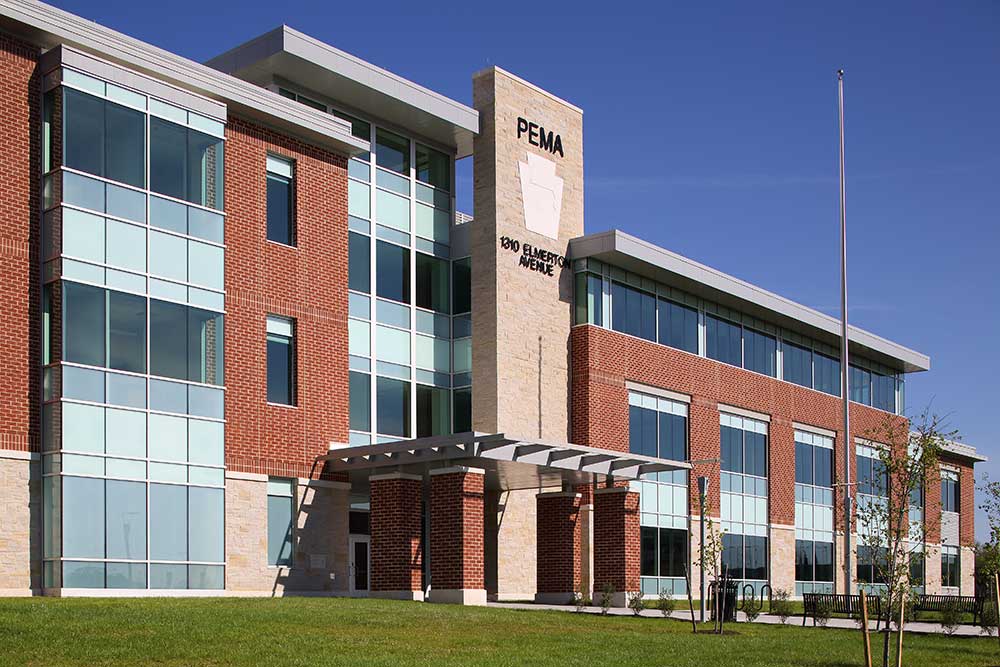The Aging Public Safety Facility: What You Need to Consider
The building that houses a public safety answering point (PSAP), emergency operations center (EOC) or data center is a key component of successful, continuous mission-critical operations that support emergency response. Traditionally, such a facility will impact the agency and community it serves for two decades or more. As that 20-25-year mark approaches, how do you decide when it might be time to consider a renovation or brand-new facility? Start by asking yourself the following questions:
- How old are the building and any additions that have been built over the years?
- Is the facility located in a space or area that was specifically designed to house mission-critical operations?
- Is the building old, small or dilapidated?
- Has the building been hardened to secure the facility and protect continued operations?
- Does the building pose health, safety or other risks to the staff?
- Are existing infrastructure, building systems or space limitations already causing concerns?
- Have you added systems without reviewing the effect on power and cooling?
Topics: Mission-Critical Facilities, Fire and EMS












.jpg)

